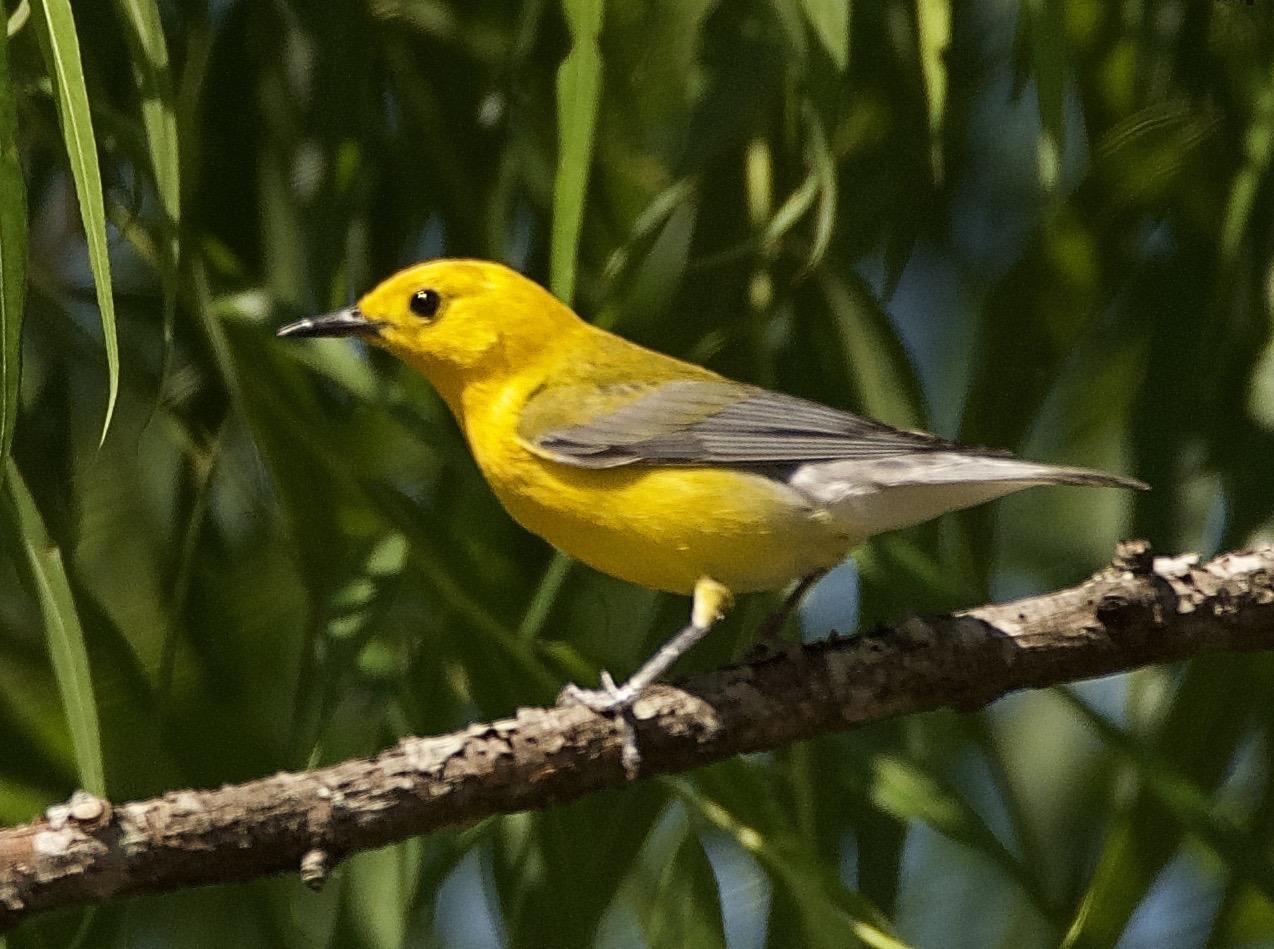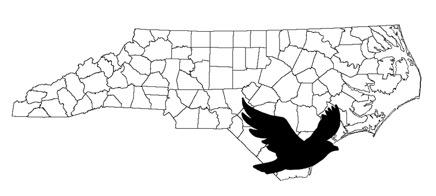This post is part of a four-part series on Audubon’s Forest Landbird Legacy Program’s Eastern Forests initiative, an innovative program that enables landowners and foresters to help support birds that depend on forested landscapes along the Atlantic Flyway, training them in bird-friendly forestry practices and promoting legislation that provides incentives for forest preservation.
The bottomland hardwood forests concentrated in southeast North Carolina are ecologically significant for many reasons.
The biological story is one based in unique soil composition and hydrology that ultimately provides filtration and serves as large-scale catch ponds protecting us from the increasing threats of flooding that occur miles inland from our coastlines.

The ornithological story is just as important: these forests offer nesting habitat for 49 species of birds (32 of conservation concern). One of the most notable of these is the Prothonotary Warbler, a species that houses 24% of its entire breeding population in North Carolina.
Recent studies have shown these unique bottomland forests are incredibly important during fall migration. Radar imagery shows the density of birds using these forests as migration corridors and fallout zones (areas where migrating birds stop for much-needed rest) skyrockets between August and November!
Much of this area has been identified by Audubon’s Eastern Priority Forests Initiative as essential to birds that depend on forested landscape: not only is the structure and composition of these forests rich in food and habitat for birds, they currently cover large expanses of land in blocks of forests stands greater than 50 acres.

Contiguous forested acres can provide needed shelter for thousands of migratory birds. Coupled with wind patterns and other migration mysteries, North Carolina’s bottomland hardwood forests exemplify stopover accommodations in the eyes of our neo-tropical migrant birds on their way to warmer climes after breeding season.
Want to help protect these important areas? Opportunities exist for land stewardship technical and financial guidance through Audubon North Carolina’s Forest Landbird Legacy Program.




